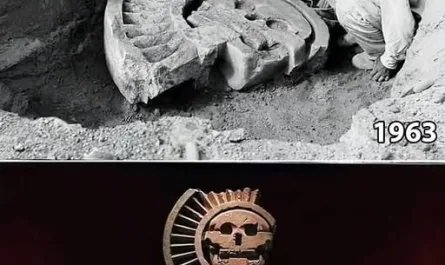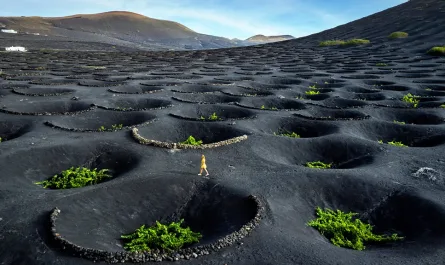Nestled in the rugged Carrizo Gorge of San Diego County, California, the Goat Canyon Trestle stands as the world’s longest wooden railroad bridge and a testament to early 20th-century engineering prowess. Stretching 185 meters (600 feet) across a steep canyon and soaring nearly 57 meters (185 feet) at its highest point, this redwood-beamed marvel is a highlight of the San Diego & Arizona Eastern Railway, famously dubbed the “Impossible Railroad” in 1919 for its daunting construction challenges. Today, it remains an architectural icon, drawing adventurers and historians to its remote desert setting.
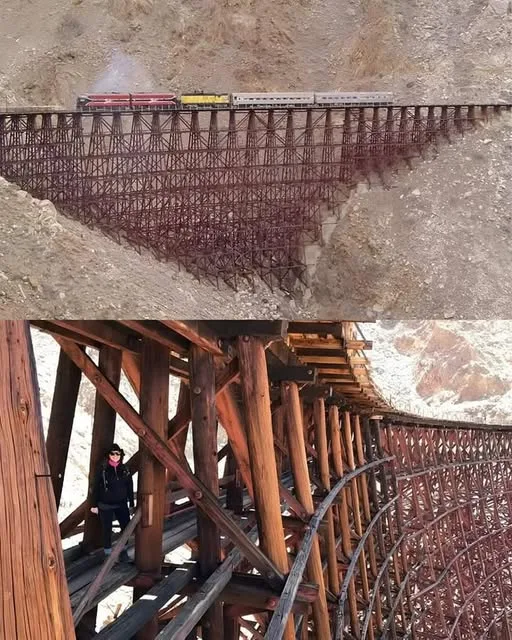
Conquering the Carrizo Gorge
Built in 1932–33 as part of a post-earthquake reconstruction effort, the Goat Canyon Trestle was a critical component of the San Diego & Arizona Eastern Railway, a 146-mile line connecting San Diego to El Centro. The railway’s route through the Carrizo Gorge, with its jagged cliffs, extreme temperatures, and seismic instability, earned its “impossible” moniker due to the sheer difficulty of construction. Between 1907 and 1919, engineers battled collapsing tunnels, rockslides, and harsh desert conditions, requiring 17 tunnels and numerous trestles to navigate the terrain.
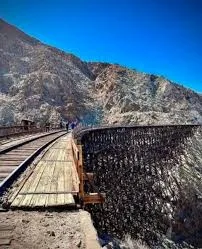
The trestle itself was constructed to replace an earlier tunnel destroyed by a 1932 earthquake. Using redwood beams—chosen for their durability and resistance to rot—the bridge’s curved, lattice-like design distributes weight efficiently across its 14 spans, anchoring it into the canyon’s rocky walls. The structure’s height and length, combined with its isolated location, make it a striking feat of engineering, built to withstand both the region’s seismic activity and the intense heat of the Anza-Borrego Desert.
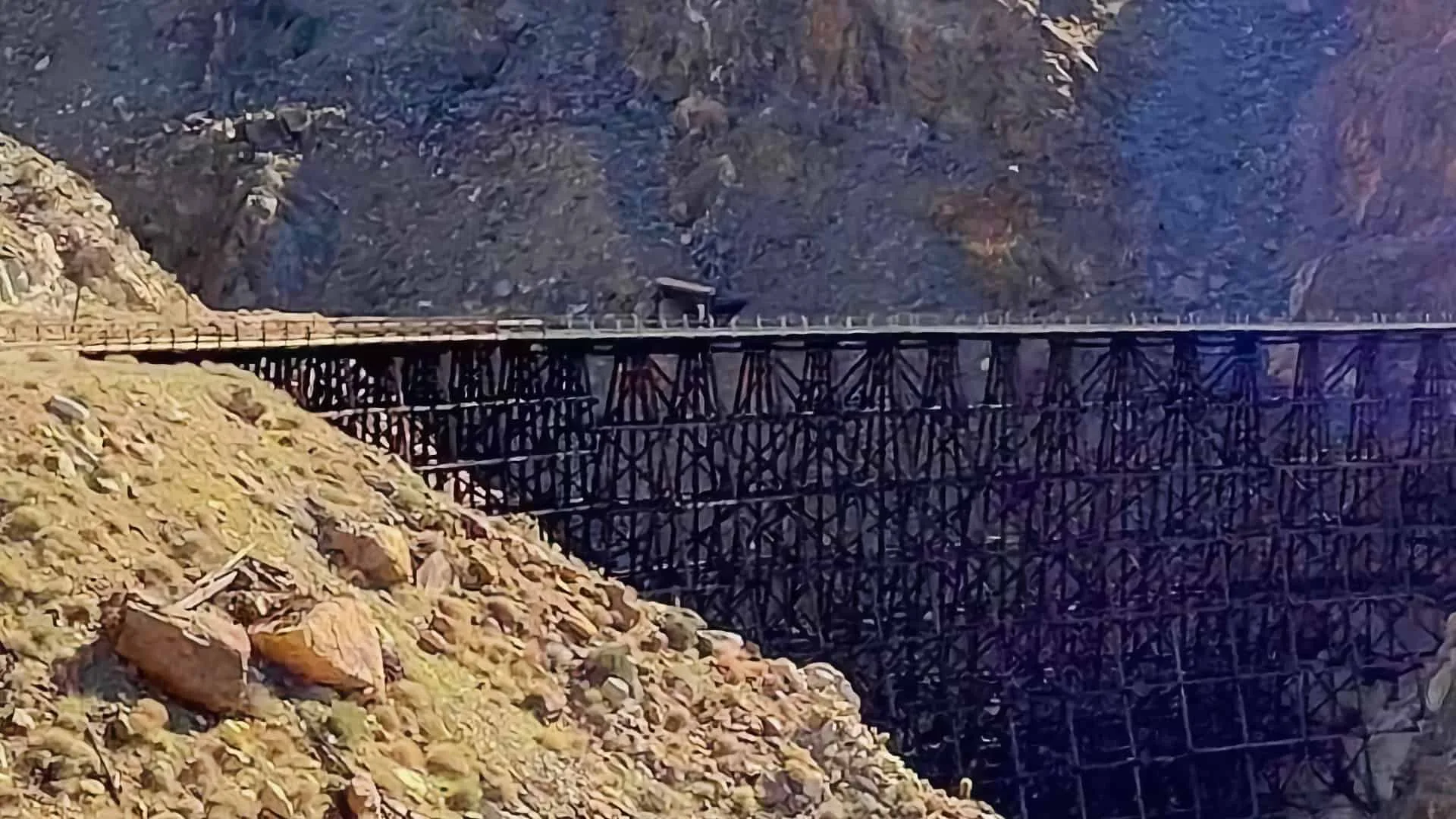
A Marvel of Design
The Goat Canyon Trestle’s construction was a logistical triumph. Materials were transported via the railway itself, with workers operating under grueling conditions to erect the bridge in less than a year. Its redwood framework, treated to endure the desert’s extremes, has withstood decades of exposure with minimal maintenance, a testament to early 20th-century craftsmanship. The trestle’s open design allows wind to pass through, reducing stress from gusts, while its elevation ensures safe passage over the treacherous canyon below.
The bridge’s role in the “Impossible Railroad” was vital, enabling freight and passenger transport between San Diego and the Imperial Valley, a key economic lifeline until regular service ceased in 1983 due to maintenance costs and further tunnel damage. Today, the railway is largely abandoned, though occasional freight trains and tourist excursions, like the Pacific Southwest Railway Museum’s trips, keep its legacy alive.
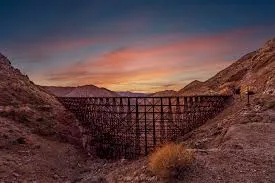
A Modern-Day Wonder
Accessible only by hiking or off-road routes through the Anza-Borrego Desert State Park, the Goat Canyon Trestle draws intrepid explorers eager to witness its grandeur. The 6–8-mile trek from Mortero Palms, often under scorching sun, rewards hikers with a view of the trestle’s weathered redwood beams curving gracefully across the canyon, framed by stark desert cliffs. Its remote location and enduring condition have made it a bucket-list destination for rail enthusiasts and adventurers alike.
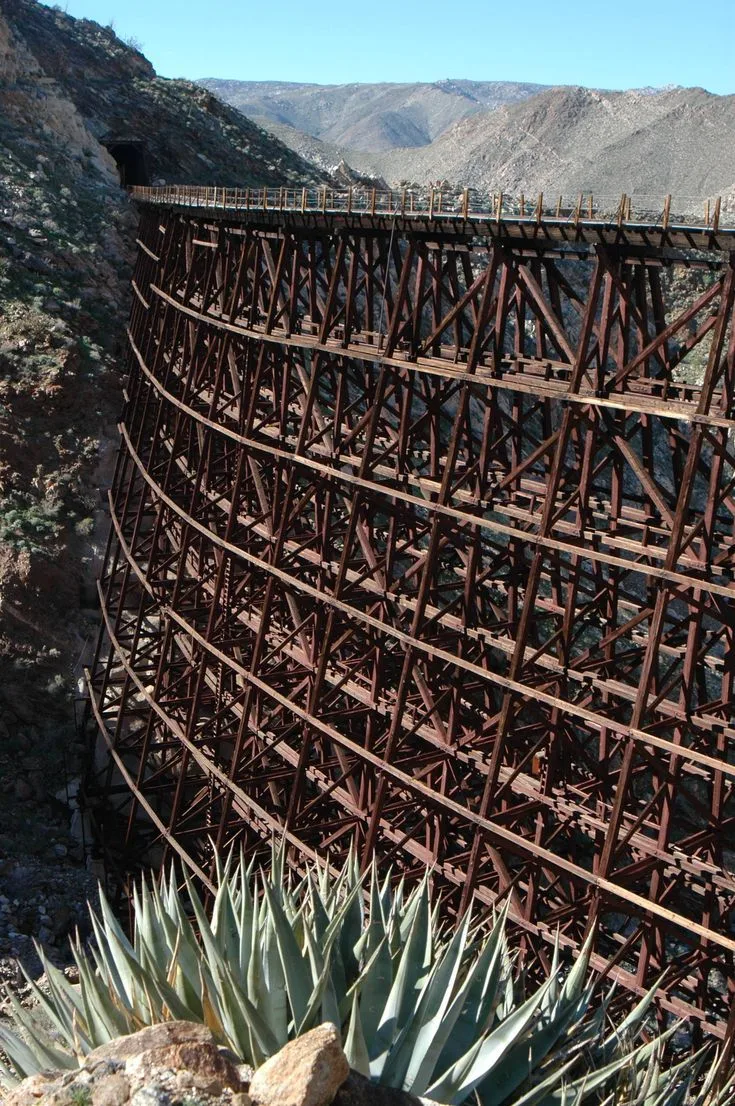
The trestle’s significance extends beyond engineering. It symbolizes human determination to conquer nature’s challenges, much like the broader Carrizo Gorge line, which required years of labor to complete. Designated a historic civil engineering landmark by some accounts, it stands as a monument to an era when ambition and ingenuity reshaped the American West.
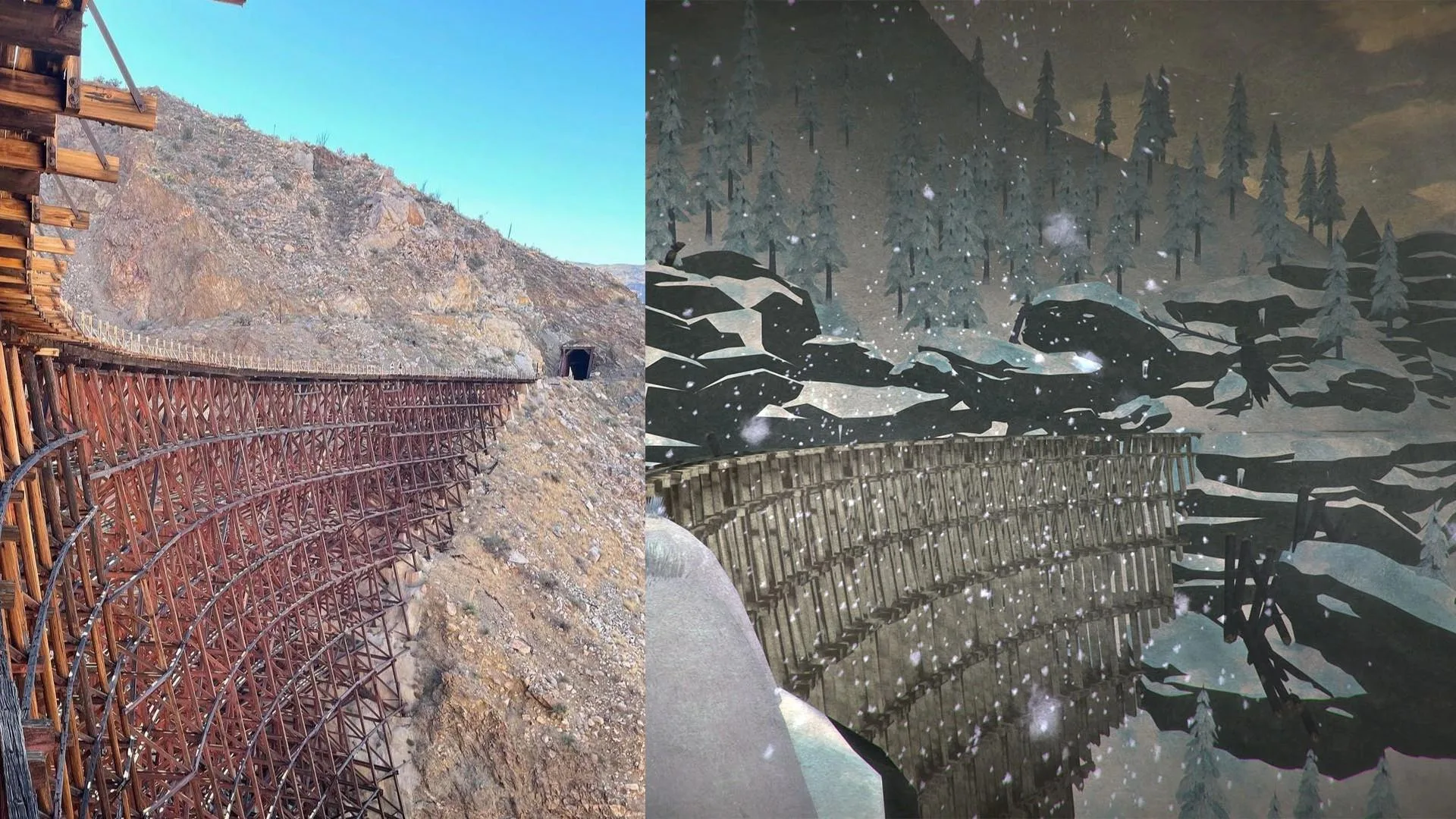
A Legacy in Redwood
The Goat Canyon Trestle remains a striking relic of the “Impossible Railroad,” its redwood beams weathering time in the unforgiving desert. As the world’s longest wooden railroad bridge, it embodies the spirit of early 20th-century engineering, blending functionality with awe-inspiring design. For those who make the arduous journey to see it, the trestle offers a glimpse into a bygone era, where human resilience spanned canyons and defied the impossible.




